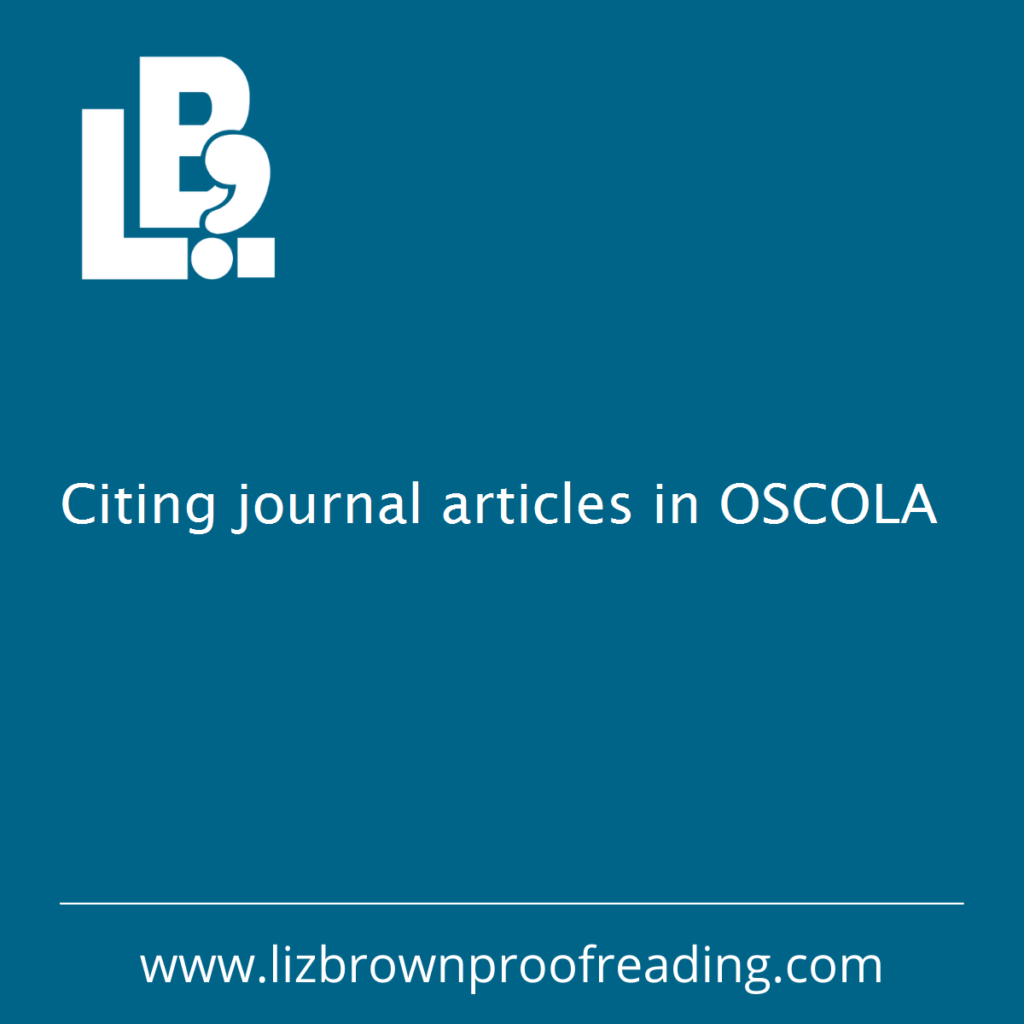If you’re writing a law assignment then there’s little doubt that, at some point, you’ll need to make reference to some previous research or cite a quotation from a legal journal. The citation style is quite simple, but remember that it is different from the citation of a book. The most important point is that no italics are used in the citation of journal articles.
Basic details you’ll need
Your reference should enable the reader to locate the first page of the article in the series of journals for the cited year. In order to formulate the citation you’ll need the following. The year of publication, the volume number if there is a separate volume number, and the issue number if the page numbering begins at 1 in each issue. Otherwise, it would not be possible to determine in which issue the page number of the article was located.
The author’s names and the title
Start with the article’s author details. Use the same format as for books – the author’s first name followed by their last name, both in full. Sometimes you’ll need to do a bit of research to find the first names, as many journals seem to use initials when crediting an article’s writer. Next comes a comma – the only comma in the citation! This is followed by the article’s title placed in single quote marks.
Journal and publication information
Write the publication year in brackets, and then the article’s volume and issue number. Close-up the gap between the brackets around the issue number and the volume number, like this 3(1). Remember, these details come before the journal’s title. This is next. Use plain type, not italic. You can choose either to write the title in full or use well-known abbreviations, which I’ve mentioned below. If you opt to shorten the title, don’t use any full stops. Your citations will look more consistent if you use either one style or another. Finally, add the page number or numbers, and finish with a full stop for footnotes.
Here’s an example:
Liz Brown, ‘Mastering OSCOLA Citation style’ (2021) 3(1) International Journal of Citations 000.
Round or square brackets?
The rules here are not dissimilar to the rules for case law report citation. If the volume can be identified by the year and there is no separate volume number, then place the year in square brackets. Otherwise, if there is a volume number, place the year in round brackets. The Oxford Law Faculty has a list of which journals use square brackets, so this can be helpful.
This is often confusing, but some examples will explain. The well-known journal Public Law has no separate volume numbers, so a citation would look like this:
Liz Brown, ‘Mastering OSCOLA Citation style’ [2021] Public Law 000
Whereas the equally prestigious Modern Law Review does use volume numbers, so an article that appeared in say the third issue of 2021 would be cited as follows:
Liz Brown, ‘Mastering OSCOLA Citation style’ (2021) 3 Modern Law Review 000
If the journal utilised issue numbers then the citation element would look like this:
Liz Brown, ‘Mastering OSCOLA Citation style’ (2021) 3(1) International Journal of Citations 121
Abbreviations
Most well-known journals have equally well-known abbreviations, and OSCOLA recommends that these are used wherever possible. Your university or institute may be different, so check the requirements. The University of Cardiff has a prize-winning database that will give you the correct abbreviation of hundreds of different journals in nearly 300 jurisdictions so check there if you are stuck.
Online journals
Nowadays, many journals are only published online. Perhaps not surprising given the huge number of them. The layout of the basic information is the same for print and online journals, but for electronic journals you’ll need to add the website URL in angled brackets and the date you last accessed the article. This is the same as when citing an electronic book source. Remember, you just need to add ‘accessed’ – small case and the date in the plain numbers day/month/year format.
[2021] XYZ 000 <www.lizbrownproofreading.com> accessed 1 January 2021
Finally, footnotes or bibliography?
The layout for citations of journal articles is basically the same whether you are writing footnotes or drawing up a bibliography. There are just two differences the same as there are with books. First, shorten the author’s first name to their initial and write their last name first. For example, Liz Brown becomes Brown L. Second, no full stops at the end of biblio citations.

